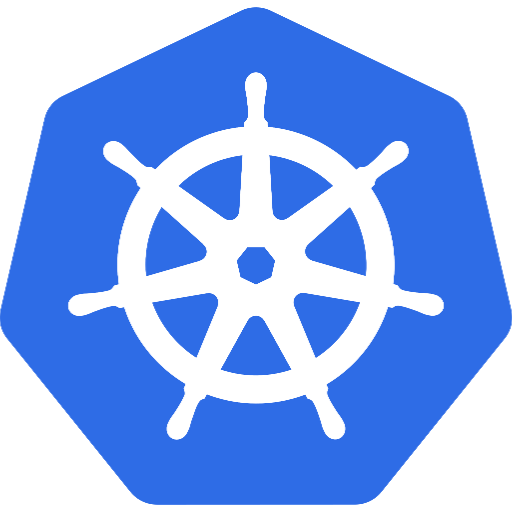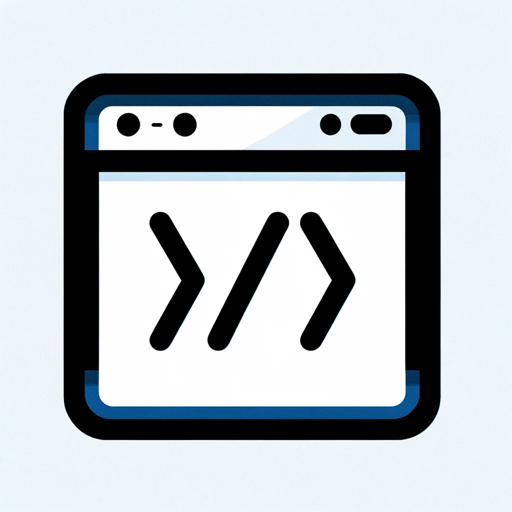Streamlit-web app for data science.
AI-powered data app builder.
How do I add a slider in Streamlit?
Why isn't my Streamlit app updating?
Can you help me optimize my Streamlit code?
Explain the Streamlit caching mechanism.
Related Tools
Load More
Plot AI
Specialized in the Art of Data Visualization, with a Focus on Bioinformatics Applications. Now comes with DNA Barcode Generator. **constantly updating**

CSV to Graph
Input CSV, Output beautiful Graphs
MatPlotLib Assistant
Maintained by Whitebox at https://github.com/Decron/Whitebox

StreamlitGPT
Code reviews from a Streamlit expert

Dash Plotly Pro
Formal, direct expert in Dash Plotly and related tech.

Python & Streamlit Expert
Coding assistant for Python with Streamlit projects
20.0 / 5 (200 votes)
Introduction to Streamlit
Streamlit is an open-source Python library designed for building custom web apps for machine learning and data science projects quickly and efficiently. Its primary goal is to simplify the process of creating and sharing interactive data visualizations and applications, which can be run directly from Python scripts. By offering a highly user-friendly API and requiring minimal code, it allows users to build applications with just a few lines of code. For example, using a single function like `st.line_chart()` allows users to create a dynamic chart from a Pandas DataFrame.

Main Functions of Streamlit
Data Display
Example
`st.dataframe(df)`
Scenario
Users can display a Pandas DataFrame in an interactive table. This is useful when exploring datasets in real-time during analysis.
Interactive Widgets
Example
`st.slider('Select a value', 0, 100, 50)`
Scenario
Streamlit provides various widgets like sliders, buttons, and checkboxes to build interactive elements. These widgets enable users to adjust parameters in real time, for example in machine learning models to control hyperparameters.
Charts and Graphs
Example
`st.line_chart(df)`
Scenario
With built-in support for popular data visualization libraries (e.g., Matplotlib, Altair), Streamlit makes it easy to generate complex visualizations such as line charts, bar charts, and scatter plots, which are critical for data exploration and reporting.
Ideal Users of Streamlit
Data Scientists
Data scientists benefit from Streamlit's ability to turn data analysis scripts into shareable web apps without needing extensive web development skills. This allows them to communicate findings more effectively and collaborate with non-technical stakeholders.
Machine Learning Engineers
Streamlit is ideal for machine learning engineers who need to build quick prototypes or deploy models in a web-based interface. Its flexibility with handling large datasets and machine learning models makes it a go-to tool for engineers looking to showcase models to clients or teams.

How to Use Streamlit
Step 1
Visit aichatonline.org for a free trial without login, also no need for ChatGPT Plus.
Step 2
Install Streamlit using pip by running the command `pip install streamlit` in your terminal.
Step 3
Create a new Python script, for example, `app.py`, and import Streamlit using `import streamlit as st`.
Step 4
Write your Streamlit app using simple Python code and Streamlit functions like `st.write()`, `st.text_input()`, `st.button()`, etc.
Step 5
Run your app using the command `streamlit run app.py` in your terminal, and view it in your browser at the provided local URL.
Try other advanced and practical GPTs
Financial Advisor
AI-Powered Financial Insight for Everyone

Situational Movies
AI-powered movies for every situation.

Shutter Pal
Unlock Your Photography Potential with AI.

ScriptWriterGPT
AI-driven scriptwriting tailored to you

Kubernetes GPT
AI-Powered Kubernetes Code Interpreter

Financial Accounting Professor
AI-Powered Financial Insights at Your Fingertips

查黄历(Chinese Almanac)
AI-powered Chinese almanac for modern life

Coder/ Programmer V2.3 (by GB)
AI-powered coding assistance for everyone.

Stock Image Metadata Guru, Microstock Image Expert
AI-powered metadata for stock images.

Trading Bot Advisor
AI-driven solutions for your trading needs

Bilingual Dictionary
AI-powered tool for deeper word understanding.

Scrabble Strategist
AI-driven Scrabble word and strategy tool.

- Prototyping
- Visualization
- Machine Learning
- Data Science
- Dashboards
Streamlit Q&A
What is Streamlit?
Streamlit is an open-source Python library that allows you to create web applications for data science and machine learning projects with minimal coding effort.
How can I deploy a Streamlit app?
You can deploy Streamlit apps using Streamlit Community Cloud, Heroku, AWS, or other cloud platforms. Streamlit provides a streamlined deployment option via Streamlit Community Cloud for quick and easy sharing.
Can Streamlit be used with other libraries?
Yes, Streamlit can be easily integrated with a wide range of libraries such as Pandas, NumPy, Matplotlib, Plotly, and many more for data manipulation, visualization, and machine learning.
How do I update the layout and styling of a Streamlit app?
Streamlit allows layout customization through components like `st.columns()`, `st.sidebar()`, and the use of CSS for advanced styling using HTML elements with the `unsafe_allow_html=True` parameter.
Is Streamlit suitable for real-time data applications?
Yes, Streamlit is ideal for real-time data applications. It provides features like `st.cache()` to optimize data loading and `st.experimental_rerun()` to refresh data dynamically.